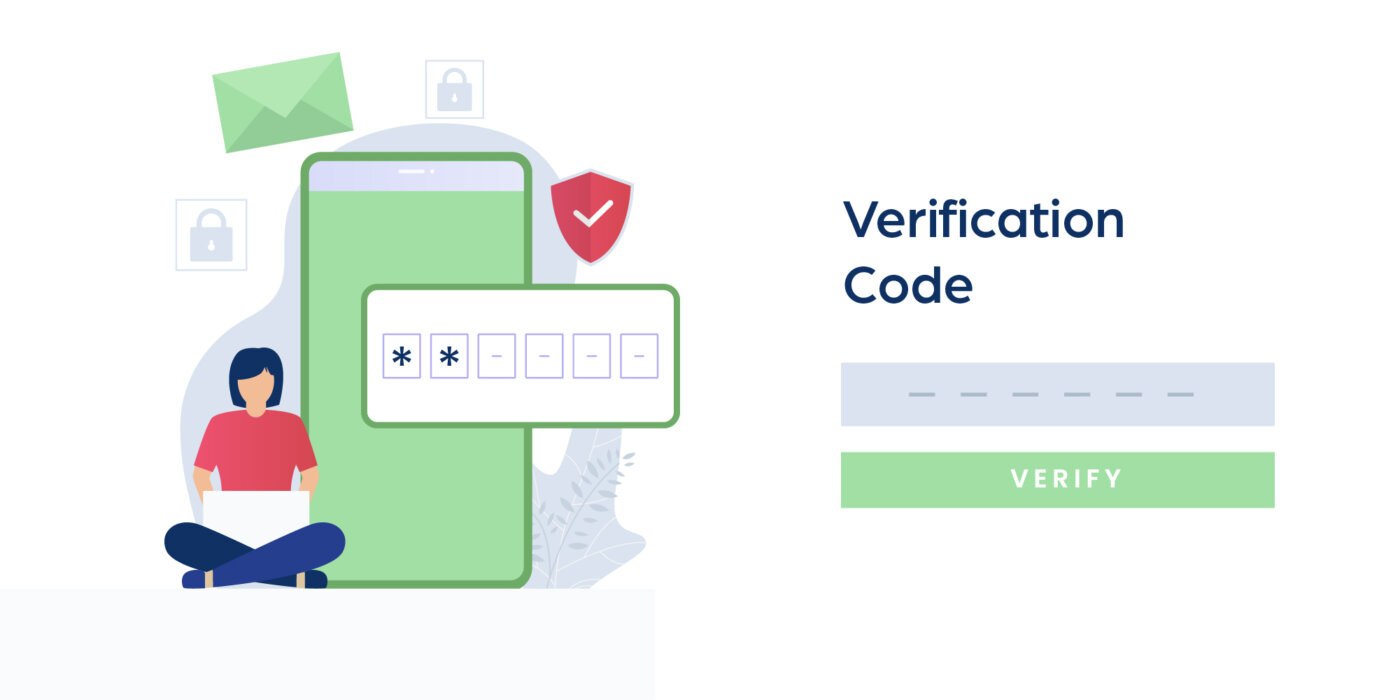
10 February 2021
Best User Verification Methods to Boost Customer Experience
Today, customers expect a flawless customer experience, and they have high expectations of you providing it. If you want to prevent costly and potentially damaging customer complaints, you should do everything in your power to guarantee your customers’ experiences are positive. Sometimes that can include providing customers with the best possible user verification methods.
Vetting your users and enhancing your customers’ experience with your online service is extremely important to help you to satisfy your clients. On the other hand, there’s a balance between security and convenience.
In this blog post, we’re comparing the pros and cons of a couple of very widely used user verification methods and give you an idea of how you can balance convenience and security.
2FA or MFA
Two-factor authentication (or multi-factor authentication) has been adopted as the number one way of user verification method in the past decade. The principle behind it is fairly simple: instead of relying on one factor (i.e. password), add another one (a single-use code) to further tighten the security.
As with everything in life, there are some pros and cons to it.
To summarize the pros of 2FA:
- The addition of an extra layer of security. This alone chases away the woes of stolen or breached accounts, giving your users a legitimate sense of security when using your app. It eliminates the risk of weak-password-related breaching attempts, and it gives you the opportunity of reminding your users to change their passwords to something better after a number of failed 2FA login attempts. This shows your users that you care.
- The number of ways it can be utilized. Biometric two-factor authentication is a verification method that leverages the user’s inherent qualities, or “who they are”. This includes their fingerprint, face, voice patterns, and so on. This method provides a great level of security as it uses unique parameters, incredibly difficult to crack, and fast and convenient.
- Knowledge-based authentication. Its premise is based on “shared secrets”, meaning that only the user and the app will know them. In practice, these are the questions that the app or website asks you during sign-up, such as “where did you go to high-school” or “what was your first pet’s name”. Historically this is one of the older methods of 2FA and is still in use.
Moving on to the cons:
- It’s not bulletproof. For example, if you opt to use e-mail as your one-time password delivery method, keep in mind that the e-mail of the user could be compromised. Or if something happens to the user’s mobile phone, they won’t be able to use your service.
- The cost. It involves extra costs as SMS is a relatively expensive way of sending messages. On top of that, dealing with an SMS provider and the varying costs per operator and country can become a headache pretty fast. However, VerifyKit solves this problem by letting you verify your users over WhatsApp, reducing your verification costs. Not only that, if you’re using SMS, VerifyKit automatically finds the cheapest operators for SMS for you and verifies users on the cheap. You’ll never have to deal with multiple telecom companies in every country you do business in.
- Biometric verification is still new. you can use various sensors in mobile devices such as the fingerprint reader or the camera for face recognition to authenticate a user for added security, but not all mobile phones have these features yet so they will remain underutilized in the near future.
- Knowledge-based authentication is infamous for its weakness against social engineering. It was a somewhat good way of authenticating users 20 years ago when social media wasn’t around but now, with all the personal information is out there on social media, it’s an easy method to circumvent.
Single Sign-on
The utilization of SSO authentication is supported by many websites, apps, and services, and it’s fair to say that it has become a mainstream technology.
Although it can be considered as an extension to the traditional username and password paradigm, it streamlines the process of using passwords and lowers the risk of user error.
It takes the “user” out of the username and password has its advantages:
- It makes it easier for the user to remember passwords and there are fewer of them to remember. Considering an average person has around 100 passwords, it allows the user the freedom of dealing with just one or two SSO passwords instead of 100.
- It streamlines the login process. It only takes a click to sign in with SSO in place, instead of typing up usernames and passwords.
- SSO implementation is easy. There are multiple popular social SSO providers out there and you won’t ever need to worry about any of your users not signed up for any of them.
- It hugely reduces the number of calls to your customer support as usernames and passwords is basically out of the equation.
It’s pretty evident that it makes the user’s life easier. However, there are some cons to this solution as well.
- It creates a huge point of failure. If the user loses access to the SSO provider or gets his/her password stolen, it’s basically game over.
- If the SSO itself is down, the user won’t be able to access your service or app without your assistance.
Keeping up-to-date with technology and learning new ways to deliver your services or enhance your clients’ experience will enable you to keep your business running smoothly for a long time. If you stay up to date with new software and technologies, you’ll be in the best position possible to meet and surpass your clients’ expectations, keep your costs low, and maintain a wonderful customer experience.
Share








